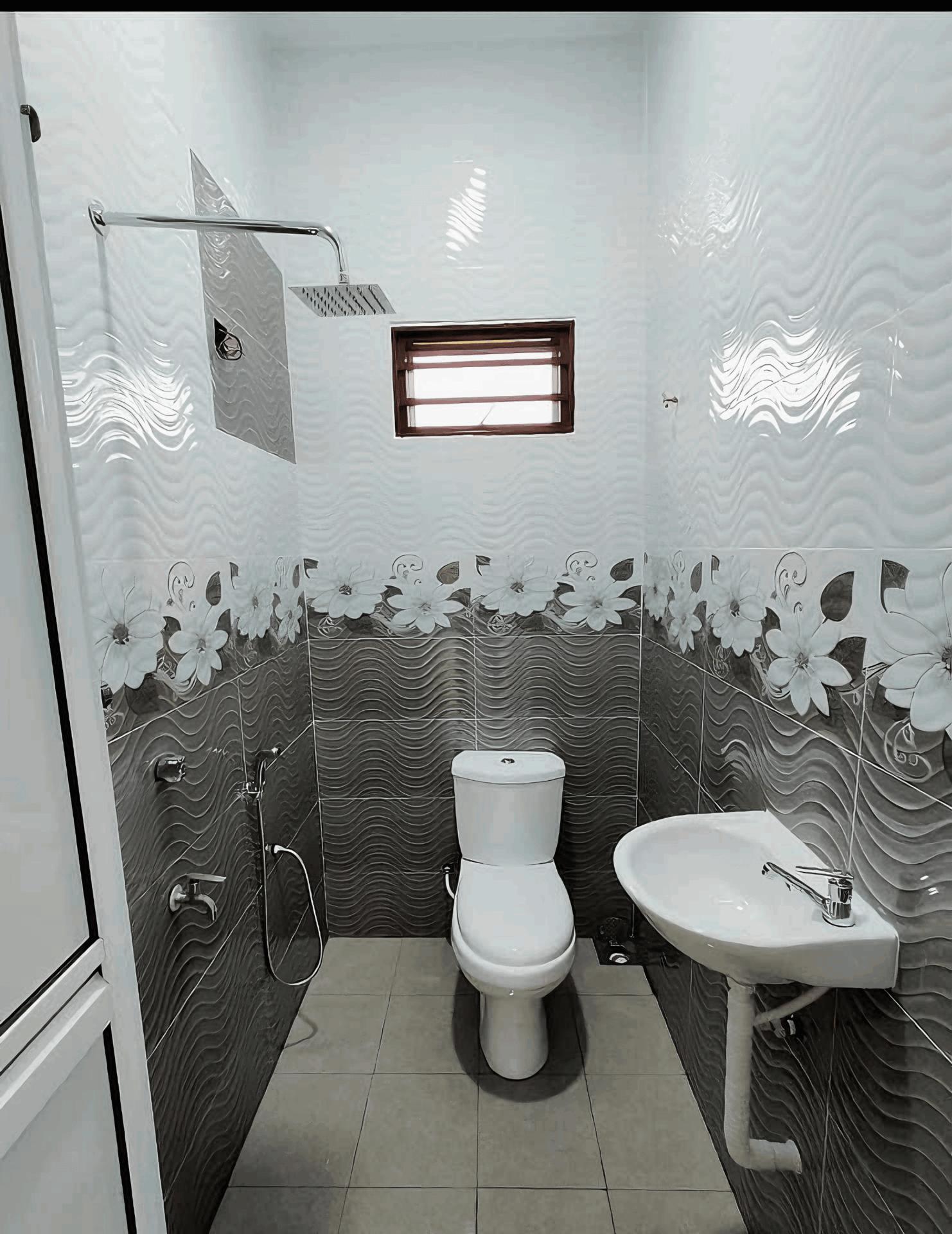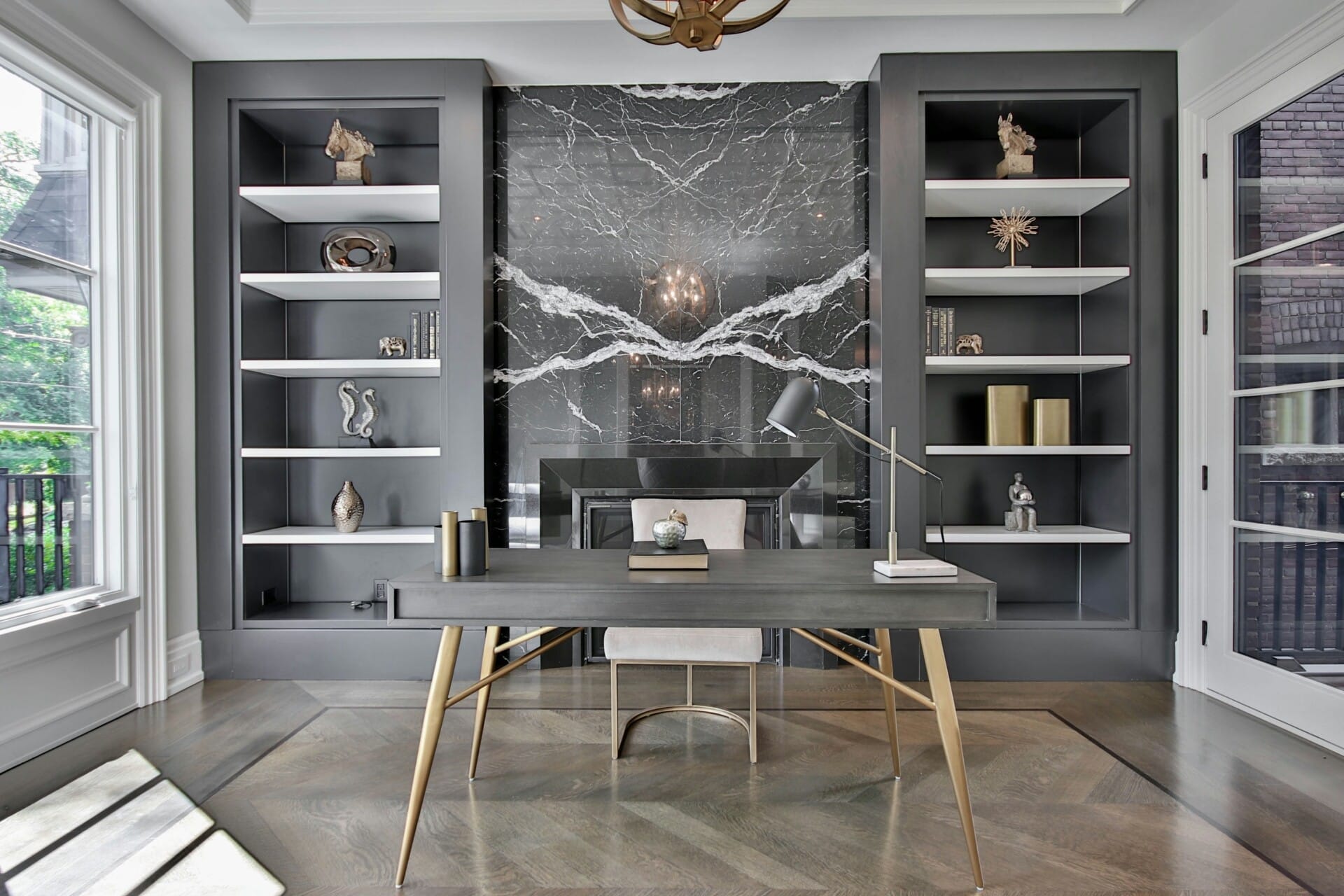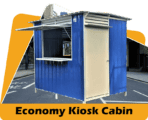
Blog
Why Using Your EPF for Home Construction is Better Than Keeping it in the Bank 💰🏦 | RumahHQ

Thinking about building your dream home? You’re not alone! Many Malaysians are on a quest to turn that vision into reality. Now, when it comes to financing your home construction, you might be torn between dipping into your EPF (Employees Provident Fund) or keeping that hard-earned cash in the bank. Sure, a bank account gives you a sense of security, but have you ever stopped to think about the potential benefits of tapping into your EPF for your construction project? In this article, we’ll explore why using your EPF could be a game-changer for you, helping you not just to own a home, but also to build your future. So, let’s dive in and see how putting that money to work can lead you to the keys of your new home, rather than just more interest in the bank! 💰🏦
The Financial Freedom of Investing in Your Future Home
Investing in your future home using your EPF (Employees Provident Fund) can open up a world of financial freedom that traditional banking methods simply cannot offer. By channeling your EPF savings into home construction, you’re not just building a house; you’re crafting a solid asset that appreciates over time. Instead of letting your hard-earned money lie stagnant in the bank, it makes much more sense to give it purpose. Here’s how it works:
- Appreciation in Value: Real estate generally increases in value over the years, making it a worthwhile investment.
- Tax Benefits: Homeownership can provide various tax deductions that might not be available if you were just saving your funds.
- Rent Savings: Owning your home means cutting out those monthly rental payments, which can free up your budget for investments or savings.
Your EPF savings can serve as a stepping stone towards financial independence. Instead of being tied to the fluctuating interest rates offered by banks, utilizing these funds smartly allows you to maintain control over your financial future. Additionally, consider the long-term benefits like:
| Benefits of Investing in Home Construction | Description |
|---|---|
| Enhanced Security | Owning a home provides a sense of stability and security that renting cannot offer. |
| Equity Build-Up | Every installment you pay increases your equity, enhancing your financial portfolio. |
| Personalization | Building your own home allows you to create a space that reflects your lifestyle and preferences. |

Maximizing the Benefits of EPF Withdrawal for Construction
When it comes to utilizing your Employees Provident Fund (EPF) for home construction, the advantages can significantly outweigh merely letting the money sit idle in a bank account. One of the most compelling reasons to consider this route is the potential for appreciation in property value. Unlike bank savings, which typically yield minimal interest over time, property values often rise, offering a better return on investment in the long run. This can help you build a solid financial future while also providing a place to live and grow.
Another critical factor to consider is the flexibility of the EPF withdrawal process. Using your EPF for construction means you can tailor your investment based on your specific needs. Whether it’s a cozy bungalow or a modern duplex, the funds can be directed towards materials, labor, or even land purchase. Additionally, not having to pay hefty interest on a bank loan can significantly ease your financial burden. This keeps your out-of-pocket expenses at a manageable level while avoiding compounded loan interest that could drain your finances.
Given the various perks that come with leveraging your EPF for construction, it’s essential to plan ahead. Consider these quick tips:
- Assess Your Budget: Know how much you can comfortably withdraw.
- Research Property Value Trends: Understanding your investment’s future potential can guide your decisions.
- Consult Experts: Get advice from construction professionals to maximize your EPF’s impact on your project.
these benefits highlight why tapping into your EPF for construction can be a far superior choice compared to the traditional route of letting it nest egg in a bank. Your home is not just a structure; it’s an investment that grows with you.

Understanding the Long-Term Gains vs. Short-Term Savings
When it comes to deciding how to use your Employees Provident Fund (EPF) for home construction, understanding the difference between long-term gains and short-term savings is crucial. While saving money in the bank might seem safe and appealing at first glance, the potential benefits of investing your EPF can provide significant rewards down the road. Instead of earning a minimal interest rate in a savings account, your investment in a solid asset like a home can appreciate over time, helping you build wealth for yourself and your family.
Consider these points when weighing your options:
- Appreciation of Property Value: Real estate generally appreciates over time, often outpacing the interest you might earn in a bank.
- Stable Investment: A home provides stability and a safe environment, which can be particularly comforting in uncertain economic times.
- Tax Benefits: Owning a property might open doors to tax exemptions and deductions that savings accounts do not offer.
To further illustrate, let’s take a look at a simple comparison of the potential outcomes:
| Aspect | Using EPF for Home Construction | Keeping Money in the Bank |
|---|---|---|
| Potential Financial Gain | Appreciation in Property Value | Low Interest Earnings |
| Risk Factor | Market Fluctuations | Inflation Erosion |
| Emotional Stability | Ownership Pride | N/A |
In weighing these factors, it becomes clear that utilizing your EPF for home construction presents advantages that far outweigh the convenience of bank savings. While short-term savings might provide immediate liquidity, the long-term gains associated with home ownership offer a path to financial security that banks simply can’t match.

Navigating EPF Regulations: What You Need to Know
When it comes to your hard-earned savings, making the right decision is crucial. Using your Employee Provident Fund (EPF) for home construction can be a game changer. Not only does it support your dream of owning a home, but it also aligns perfectly with EPF’s regulations. Imagine the benefits:
- Better Returns: Investing your EPF in bricks and mortar can yield higher returns than the interest you’ll get from keeping it in an ordinary bank account.
- Long-Term Savings: Building your own home means you’re not just spending money; you’re creating long-term capital that can appreciate over time.
- Tax Benefits: Constructing your home can potentially provide tax deductions, giving you a little extra cushion in your finances.
Understanding the EPF rules around usage for housing is straightforward if you take the time to explore the options available to you. The EPF allows members to withdraw funds for various housing-related purposes, including:
- Construction: Use your EPF savings specifically for building your dream home.
- Purchase: If you’re buying a new home, your EPF savings can be a fantastic resource.
- Renovations: Improve your current space by tapping into your EPF funds for essential renovations.
To make this even clearer, let’s break down a quick comparison:
| Option | EPF Utilization | Bank Savings |
|---|---|---|
| Investment Potential | High (in real estate) | Low (interest rates) |
| Long-term Growth | Strong (property value increase) | Minimal (inflation impact) |
| Liquidity | Moderate (once invested) | High (easy access but less growth) |

Building Equity: A Tangible Asset Over Traditional Savings
When it comes to financial investments in Malaysia, many people often think of traditional savings accounts as their go-to option. However, locking away your hard-earned money in a bank might not be the best strategy. Instead, putting that money into building equity through home construction gives you a tangible asset that can appreciate over time. With property values steadily rising in urban areas, the potential for capital growth makes it a wise choice. Plus, when you own a home, you’re not just investing in a structure; you’re investing in a lifestyle and future stability.
Home construction offers several advantages over keeping your EPF funds in a savings account:
- Potential for Asset Appreciation: Unlike static bank interest rates, real estate tends to appreciate, often outpacing inflation.
- Rental Income Opportunity: A property can generate passive income, giving you an extra cash flow while you build equity.
- Tax Benefits: Homeownership can come with tax deductions on mortgage interest and property taxes that can save you money in the long run.
Let’s break down why equity building is not just beneficial but essential. Consider this simple table reflecting potential growth of your investments:
| Investment Type | 5-Year Return (Example) |
|---|---|
| Savings Account | ~5% Total |
| Property Investment | ~20% Total |
As shown, investing in property offers greater returns than traditional savings. When considering the long-term benefits, building equity through home construction not only sets you up for financial success but also enhances your quality of life. Why settle for static savings when you can turn bricks and mortar into wealth?

Comparative Analysis: EPF Growth vs. Bank Interest Rates
When we dive into the numbers, comparing the growth of your EPF (Employees’ Provident Fund) savings with traditional bank interest rates reveals a compelling story. Typically, EPF accounts offer a guaranteed minimum return that generally outperforms most bank savings accounts. For instance, while you might see bank interest rates hovering around 1% to 3% annually, EPF returns have historically soared higher, often reaching 5% to 6% or even more, depending on annual declarations. Imagine the difference this could make over the years — your money isn’t just sitting idle; it’s working for you!
Another aspect to consider is the compounding effect of your EPF savings. As your EPF contributions accumulate, they not only grow on their own but also reap benefits from previous interest gains. In comparison, banks often provide minimal interest rates that fail to compound significantly, particularly with low balances. Let’s break it down:
| Year | EPF Growth (5%) | Bank Interest (2%) |
|---|---|---|
| 1 | RM1050 | RM1020 |
| 5 | RM1276 | RM1104 |
| 10 | RM1629 | RM1219 |
So, what does this mean for you in practical terms? Investing your EPF funds into home construction not only offers a superior growth trajectory but also lets you take advantage of tangible assets while ensuring your funds remain more effective in the long haul. Plus, if you’re thinking about your future, consider that every ringgit invested in property not only builds equity but also paves the way for financial stability, comfortably surpassing the meager returns from a standard bank account.

Real Estate as a Secure Investment in a Volatile Market
Investing in real estate often stands out during uncertain economic times, as it tends to hold its value better than cash savings in banks. While interest rates on savings accounts may barely keep pace with inflation, property values typically appreciate over the long term. By channeling your EPF savings into home construction rather than allowing it to sit idle in a bank account, you position yourself to benefit from:
- Appreciation: Over time, residential properties usually increase in value, which means your investment grows.
- Passive Income: If you decide to rent out your property, it can become a source of monthly income.
- Tangible Asset: Real estate offers a physical space that can be modified and cherished, making it more personal.
Moreover, the real estate market can serve as a cushion against inflation. As the cost of living rises, so does the market value of properties, which can help you maintain your wealth. By constructing your home with EPF funds, you not only invest in a stable asset but also potentially shield yourself from the impacts of economic fluctuations. This allows you to lock in your investment at a lower initial cost, making your decision even more strategic.
| Benefits of Using EPF for Home Construction | Bank Savings |
|---|---|
| Higher potential returns through property appreciation | Minimal interest returns, often lower than inflation |
| Opportunity for rental income | No income generation |
| Tangible asset and personal space | Liquid, but non-personal financial asset |
homeownership fosters a sense of stability and community. With the correct approach, your investments in real estate can lead to long-term financial security, allowing you to navigate economic uncertainties with confidence. By utilizing your EPF for home construction, you’re not just building a structure; you’re laying the groundwork for a solid financial future, one that banks and volatile markets may struggle to provide.

Tips for Seamless Integration of EPF Funds into Your Home Project
Integrating your EPF funds into your home project can really boost both the value of your property and your financial sense. To begin with, make a checklist of what you need for your construction journey. This list should include permits, materials, labor costs, and anything else essential for a smooth process. Having everything laid out will help you keep track of your expenses and make informed decisions about where to allocate your EPF funds. Don’t forget to consult professionals along the way, such as contractors or architects, to ensure your plans are practical and achievable.
Next up, set a clear budget before diving in. It’s crucial to estimate how much of your EPF savings you want to use without exhausting your resources. Creating a detailed budget that respects the limits of your EPF balance will help you avoid overspending or financial strain. You might want to consider using a table to assess your needs better:
| Expense Category | Estimated Cost | EPF Utilization |
|---|---|---|
| Materials | RM 15,000 | RM 10,000 |
| Labor | RM 8,000 | RM 5,000 |
| Permits | RM 2,000 | RM 2,000 |
| Contingency | RM 3,000 | RM 2,000 |
Lastly, stay in touch with your EPF office to ensure all your documentation and requests for withdrawal are in place. It’s essential to be proactive here, as delays in paperwork can stall your project. Moreover, consider scheduling regular check-ins with your construction team to track progress and make necessary adjustments. By doing so, you not only keep your project on track but also maximize the potential benefits of using your EPF funds effectively.
To Wrap It Up
As we wrap up this dive into the pros of using your Employee Provident Fund (EPF) for home construction, it’s clear there’s a strong case for directing those funds towards building your dream home rather than letting them sit idle in the bank. With the rising costs of living and the ever-changing property market, it makes more sense now than ever to leverage what you have and invest in your future.
Thinking of it this way—your home is not just a roof over your head; it’s an asset that can appreciate over time, give you a solid return on investment, and provide a sense of security and stability for you and your family. Plus, who wouldn’t love the idea of living in a space that’s uniquely yours?
So, whether you’re weighing the risks or simply daydreaming about the perfect home, take a minute to think about what’s best for your long-term financial health and happiness. Using your EPF could just be the golden ticket to make those dreams a reality. Happy building! 🏡✨
kontraktor rumah
bina rumah
pinjaman lppsa
pengeluaran kwsp
spesifikasi rumah
rumah batu-bata
pelan rumah
rekabentuk rumah
bina rumah atas tanah sendiri
kontraktor rumah selangor
rumah banglo
Source link











